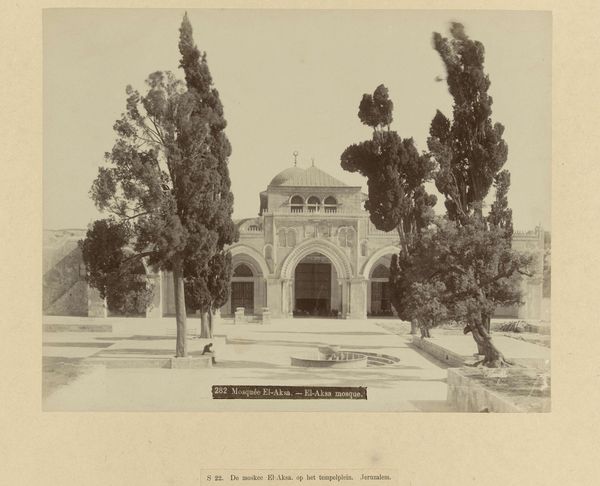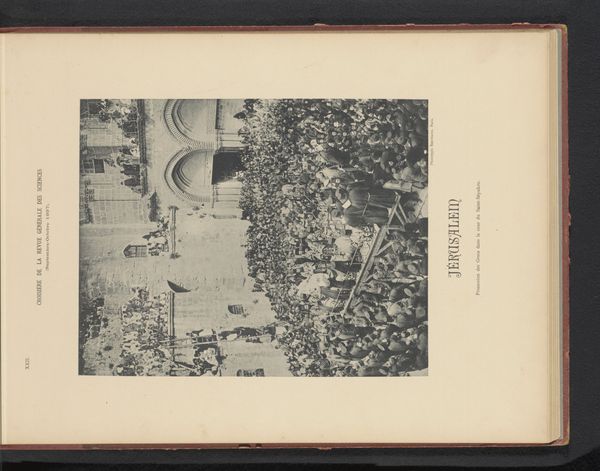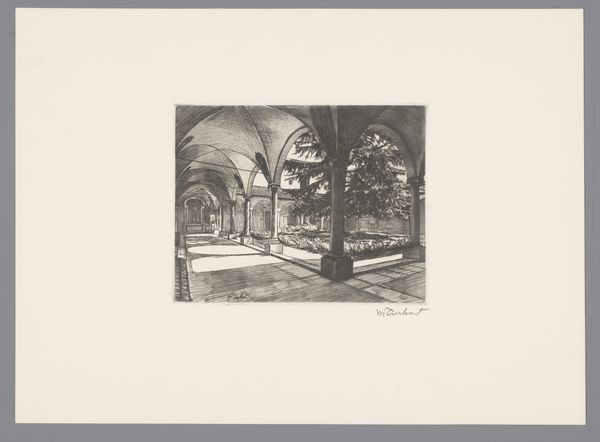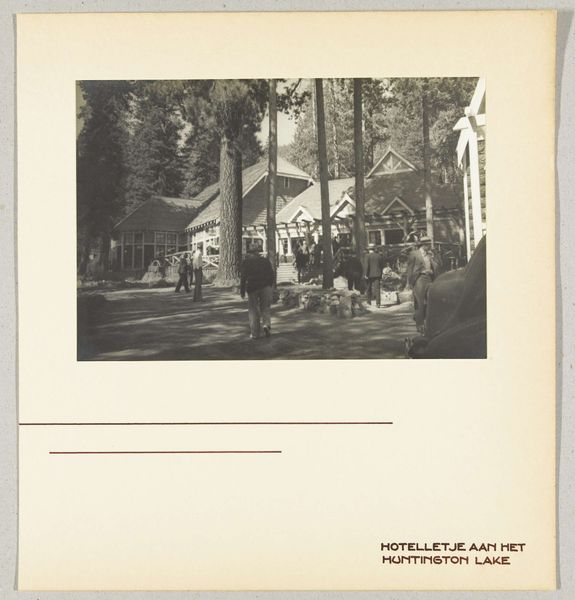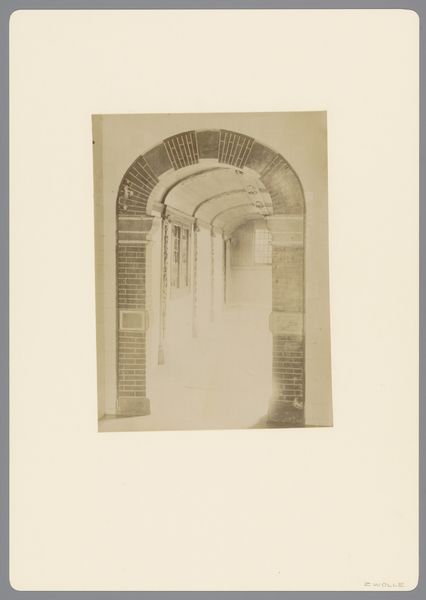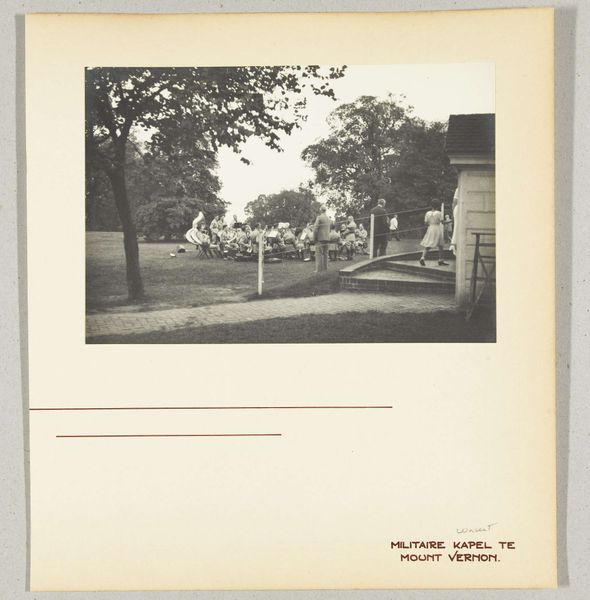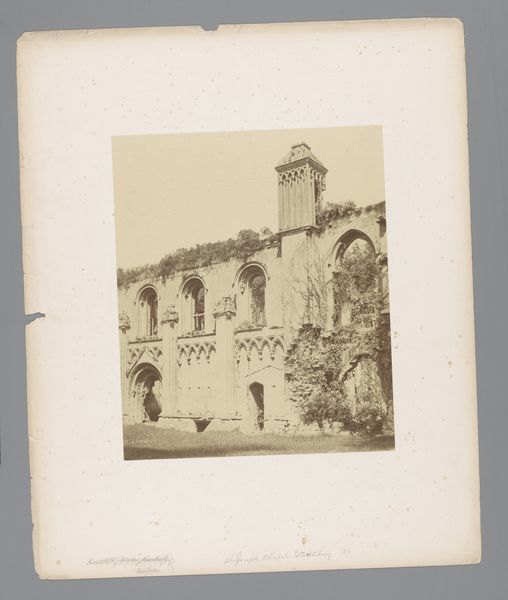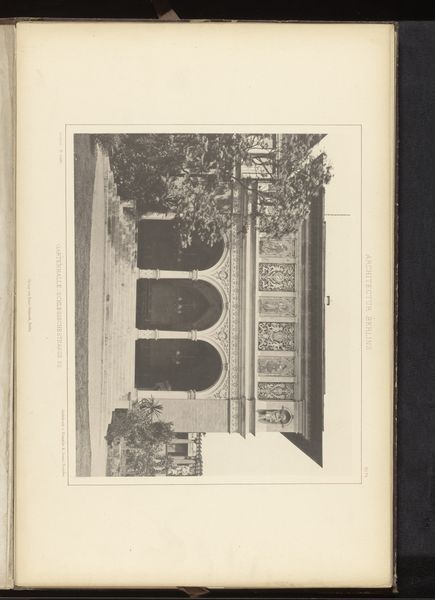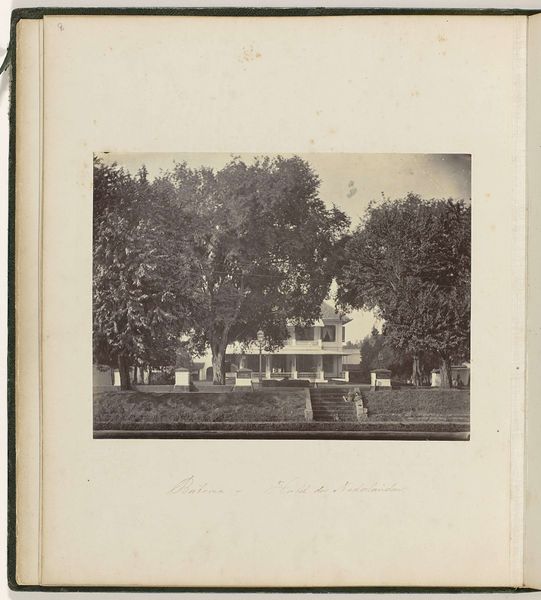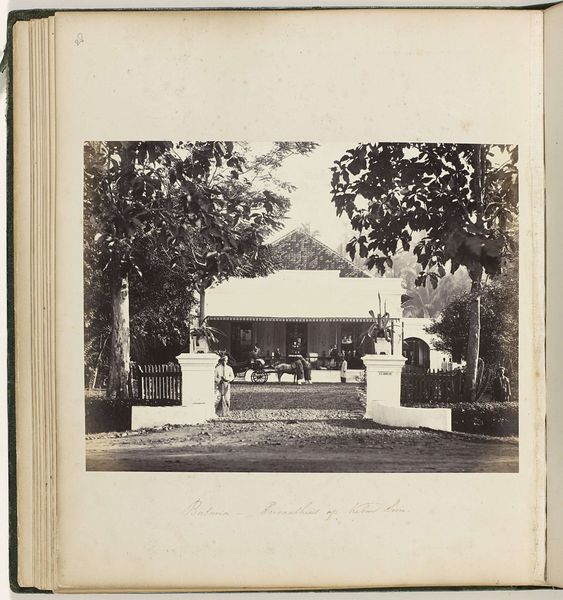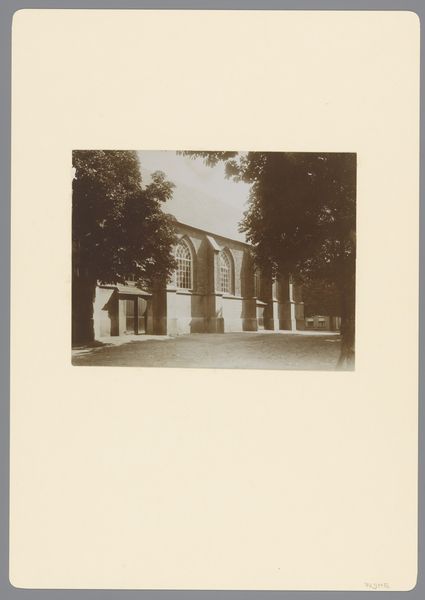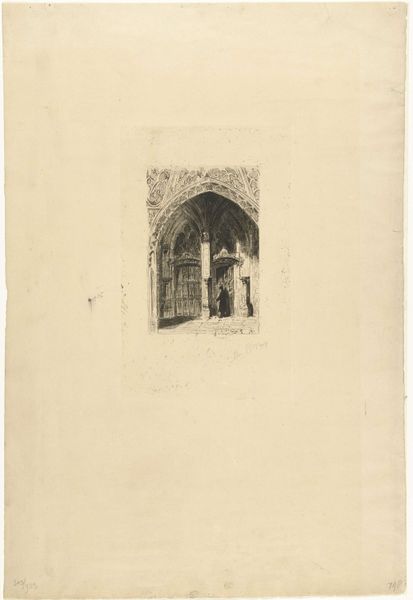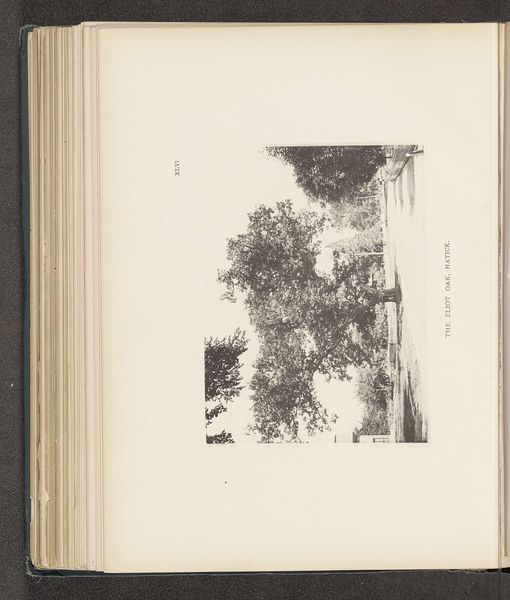
photography, gelatin-silver-print
#
landscape
#
photography
#
gelatin-silver-print
#
cityscape
#
realism
Dimensions: height 159 mm, width 228 mm, height 315 mm, width 285 mm
Copyright: Rijks Museum: Open Domain
Editor: This is a photograph titled "Texas, Verenigde Staten: station" from 1936. It's a gelatin-silver print capturing a train station, and what strikes me is how ordinary it feels, yet there’s a stillness that hints at something more. What do you see in this piece, especially considering its historical context? Curator: The train station itself functions as a powerful symbol here. Think of it as a cultural artery, representing movement, transition, and connection, all incredibly potent concepts in a country undergoing dramatic shifts during the Depression era. How do you think the photographer uses that architectural choice in communicating that story? Editor: That's interesting. It definitely adds layers to it! So it’s not just a photograph of a building but almost a document of the changing social and economic landscape through architecture. Curator: Precisely. The station serves as a stage for human dramas, of comings and goings, reunions and farewells. Even the people shown waiting imply narratives left unsaid, invoking psychological spaces linked to journeys and destinies, especially since 1936 was a complicated year in US history. Editor: It’s amazing how the station morphs into a visual symbol for so much more, for journeys both literal and figurative. Thanks, I’ll never see a photograph of a train station in the same way again. Curator: It’s a constant reminder of how objects gain symbolism as they are woven into larger cultural stories, and they continue to resonate through historical continuity. A still point to begin future conversations.
Comments
No comments
Be the first to comment and join the conversation on the ultimate creative platform.
